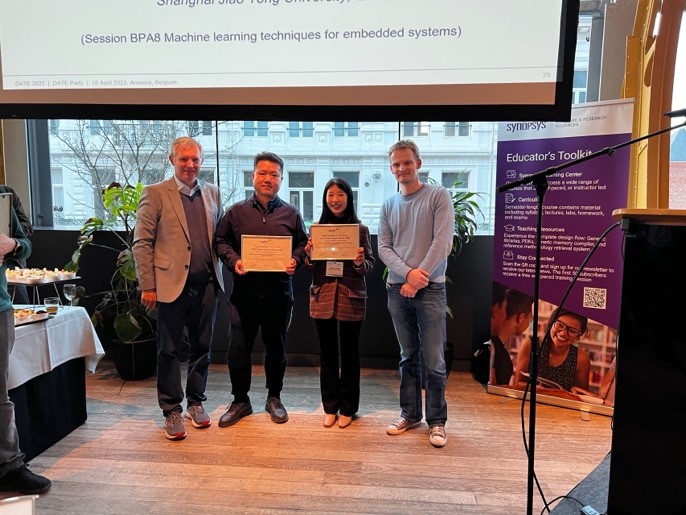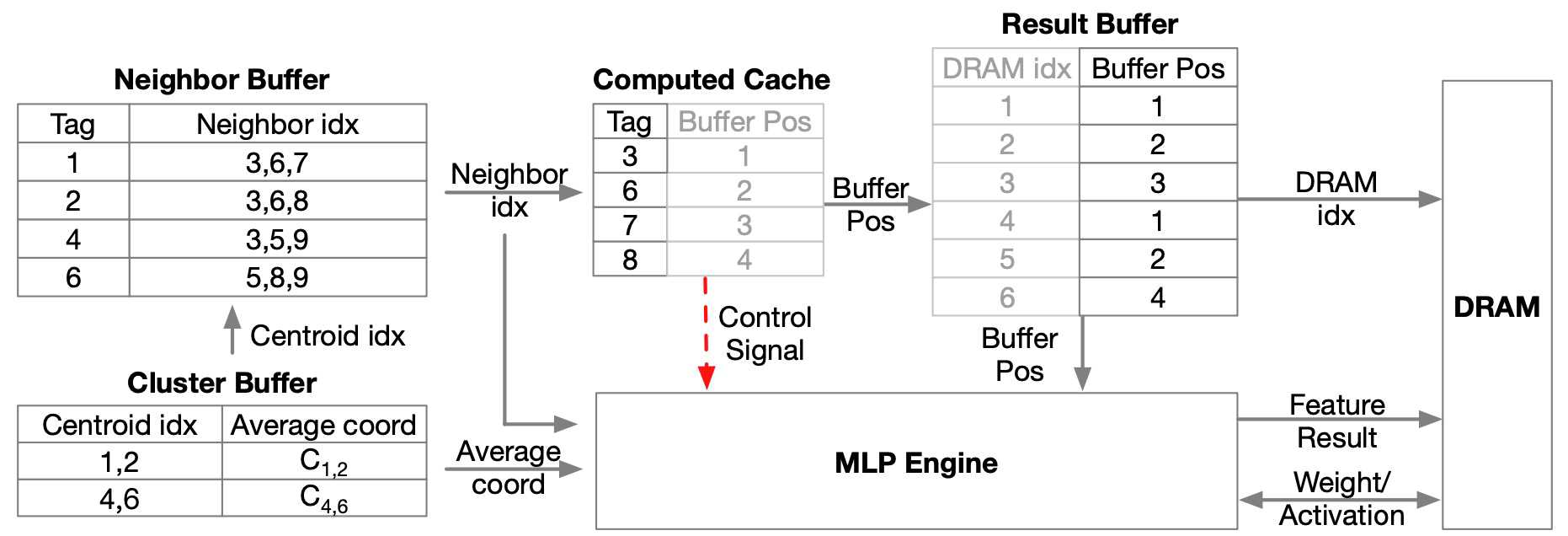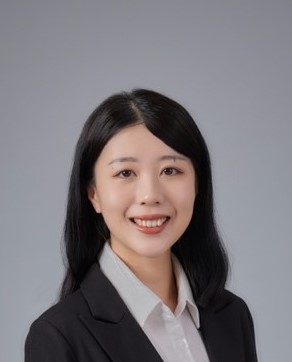- Home
- About Us
- Students
- Academics
-
Faculty
- Electrical Engineering
- Automation
- Computer Science & Engineering
- Electronic Engineering
- Instrument Science and Engineering
- Micro-Nano Electronics
- School of Software
- Academy of Information Technology and Electrical Engineering
- School of Cyber Security
- Electrical and Electronic Experimental Teaching Center
- Center for Advanced Electronic Materials and Devices
- Cooperative Medianet Innovation Center
- Alumni
-
Positions
-
Forum
News
- · Bin Dai's Team Unveils the Assembly Mechanism of β-Lactoglobulin Fibrils, Providing New Insights for the Development of Functional Nanomaterials
- · Mingyi Chen’s research group has made important progress in the field of analog-to-digital converter chips for brain-computer interface
- · Progress in the Development of Semiconductor Nanomaterials to Activate Pyroptosis for Cancer Therapy
- · Jiamiao Yang’s team achieved the high precision optoelectronic reservoir computing based on complex-value encoding
- · Significant Advancements in Resonator-Enhanced Quantum Sensing Achieved by Zenguihua's Team at the School of Sensing Science and Engineering
Research results of Advanced Computer Architecture Lab won the Best Paper Award at Design, Automation and Test in Europe Conference 2023
Recently, the Design, Automation and Test in Europe Conference was successfully held in Antwerp, Belgium. Assistant Professor Zhuoran Song of Department of Computer Science and Engineering, Electronic Information and Electrical Engineering, Shanghai Jiao Tong University, won the Best Paper Award in E-Track.


The title of the research paper is “PRADA: Point Cloud Recognition Acceleration via Dynamic Approximation”. Based on the spatial similarity characteristics of existing point cloud data, this study proposes a dynamic approximation algorithm to reduce similar computation by a copy-and-paste manner. This work efficiently detects and skips redundant computation of similar data and obtains up to 12 times performance improvement with negligible accuracy loss.
Research Motivation
With the rise of automatic driving and robots, it has become more and more necessary to study the acceleration technology for point cloud based neural networks. This paper finds that due to a large number of repeated accesses of neighboring points, the feature calculation operation introduces massive similar calculations. As shown in the figure below, in LSMatrix, the first vector of P1, P2, and P4, as well as the second vector of P1 and P2, are quite similar because they have the same features F3 and F6, resulting in subsequent feature computation (multi-layer perceptron (MLP)) becoming redundant. In addition, this study analyzed the repeat accesses of neighboring points and found that more than 80% of the neighbor points had more than four repeat accesses. However, since the feature vectors of neighboring points are dynamically generated, an efficient dynamic approximation strategy is urgently needed to capture data similarities in real time and accurately skip unnecessary calculations with the idea of software and hardware co-design.

Research Results
Based on the above motivations, this study first proposes a dynamic approximation algorithm. As shown in the figure, the algorithm includes four steps: advanced clustering, dynamic approximation, MLP, and reconstruction. The proposed algorithm squeezes the LSMatrix into a regular, small, and non-redundant matrix, which significantly reduces the amount of calculation in the MLP step. On the other hand, this study innovatively proposes the reconstruction step by defining "reference"-"current" points, where the result features of the reference point are used to reconstruct the result features of the current point, avoiding the loss caused by directly ignoring the current point.

In order to further boost the efficiency of the proposed algorithm, this paper designs a customized accelerator, which uses a lightweight cache to record the neighbor index that has been accessed, to detect similarity and skip the corresponding redundant calculation dynamically. The final experiment results show that the proposed scheme achieves a 12 times performance improvement compared with CPU with negligible accuracy loss.

About Author:

Zhuoran Song obtained her Ph.D. in 2021 from the Department of Computer Science, Shanghai Jiao Tong University, supervised under Professor Xiaoyao Liang, and is currently an assistant professor at the Department of Computer Science and Engineering, Shanghai Jiao Tong University. At present, she has published a total of 20 conference and journal papers, including 13 papers as the first/corresponding author. As the first author, she also published seven papers in the top conferences/journals in the computer architecture community, such as ISCA, MICRO, TCAD, DAC, etc. She has won the Best Paper Award of DATE, the Excellent Doctoral Thesis Award of ACM Chinasys, the Excellent Doctoral Thesis Award of Shanghai Computer Society, and the Outstanding Graduate of Shanghai Jiao Tong University. Her main research interests include computer architecture, AI-specific architecture design, and AI software-hardware co-design.
Design, Automation and Test in Europe
DATE is an annual theme conference on electronic design automation held in Europe. Since its establishment 30 years ago, DATE has become an exchange event for famous scholars and business experts in the field of electronic design and testing around the world. The conference covers all aspects of electronic and (embedded) systems engineering technology research, covering design, testing and tools for automation of electronic product design from integrated circuits to large-scale distributed systems. The scope of the conference also includes developing design requirements and new architectures for challenging application areas such as telecommunications, wireless communications, multimedia, healthcare, and automotive systems.
Paper link:
-
Students
-
Faculty/Staff
-
Alumni
-
Vistors
-
Quick Links
